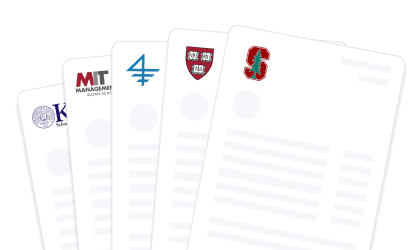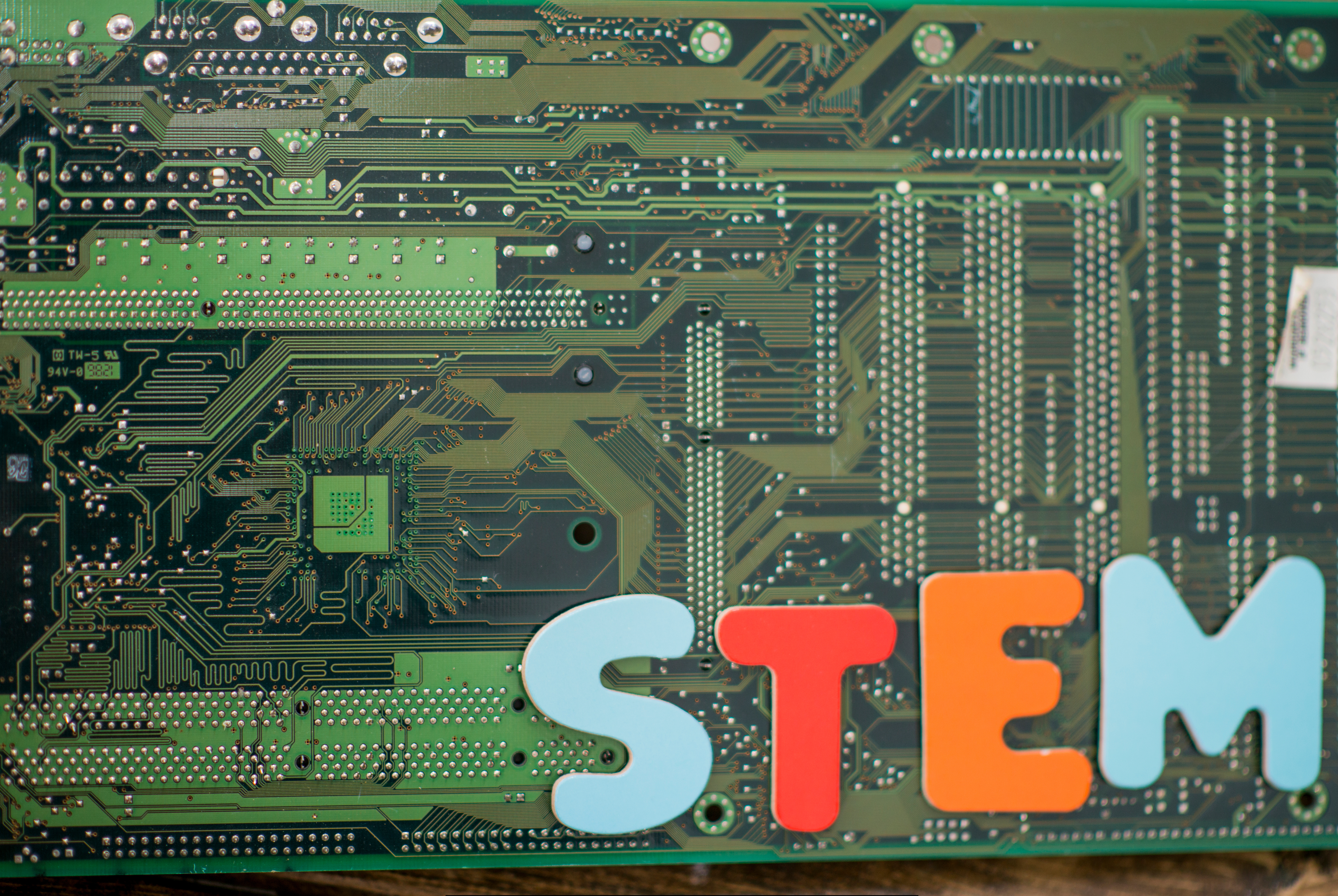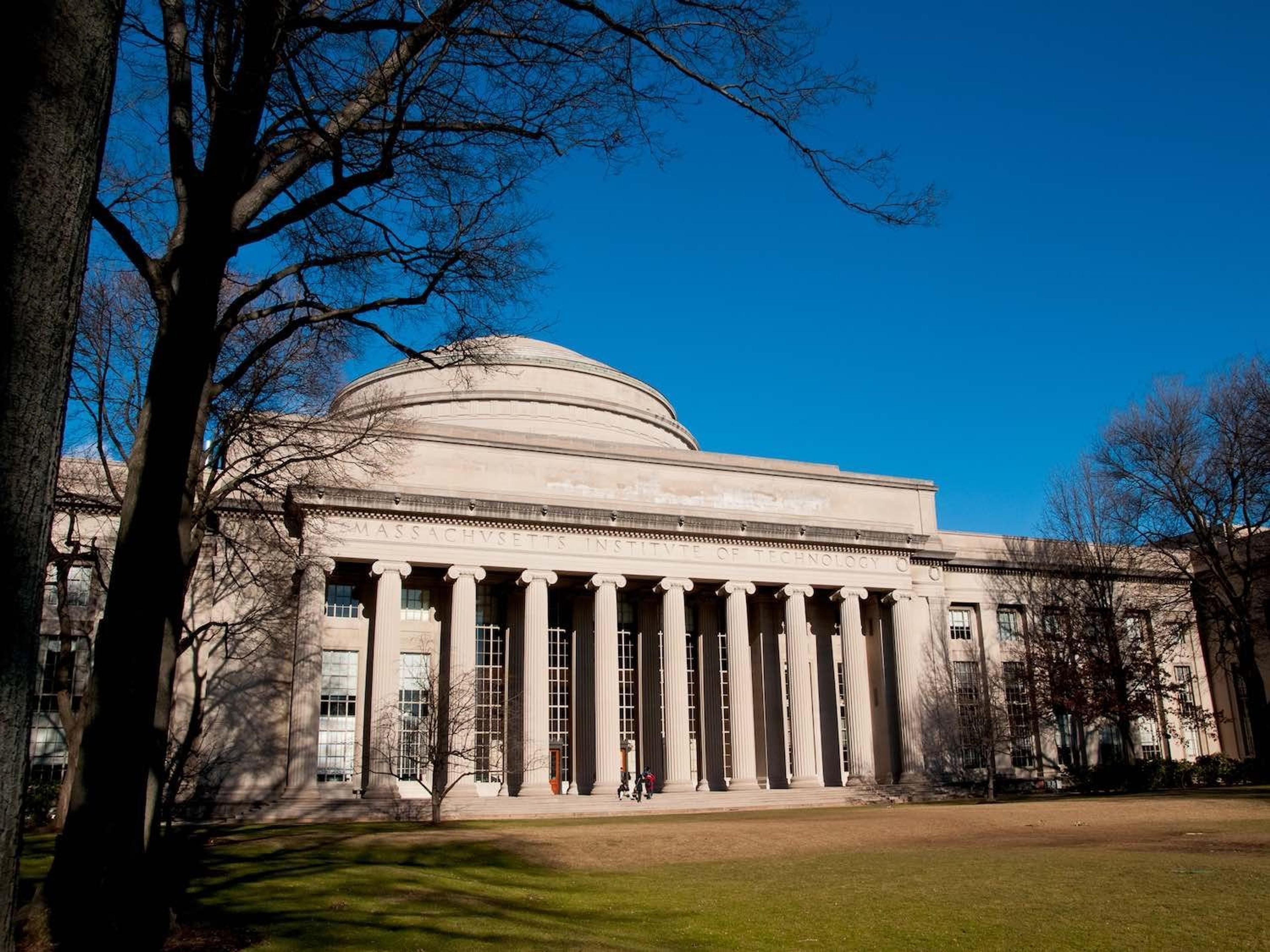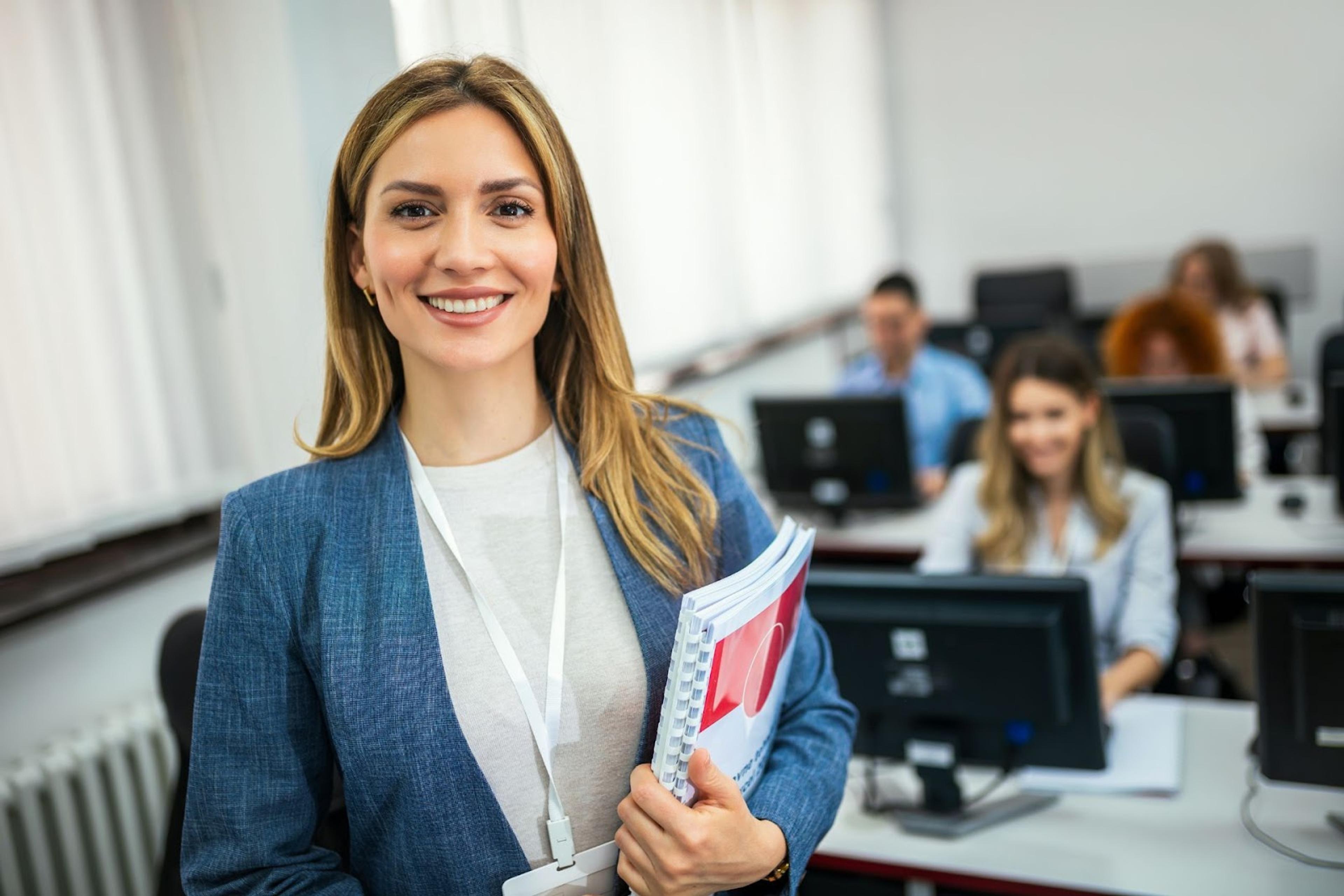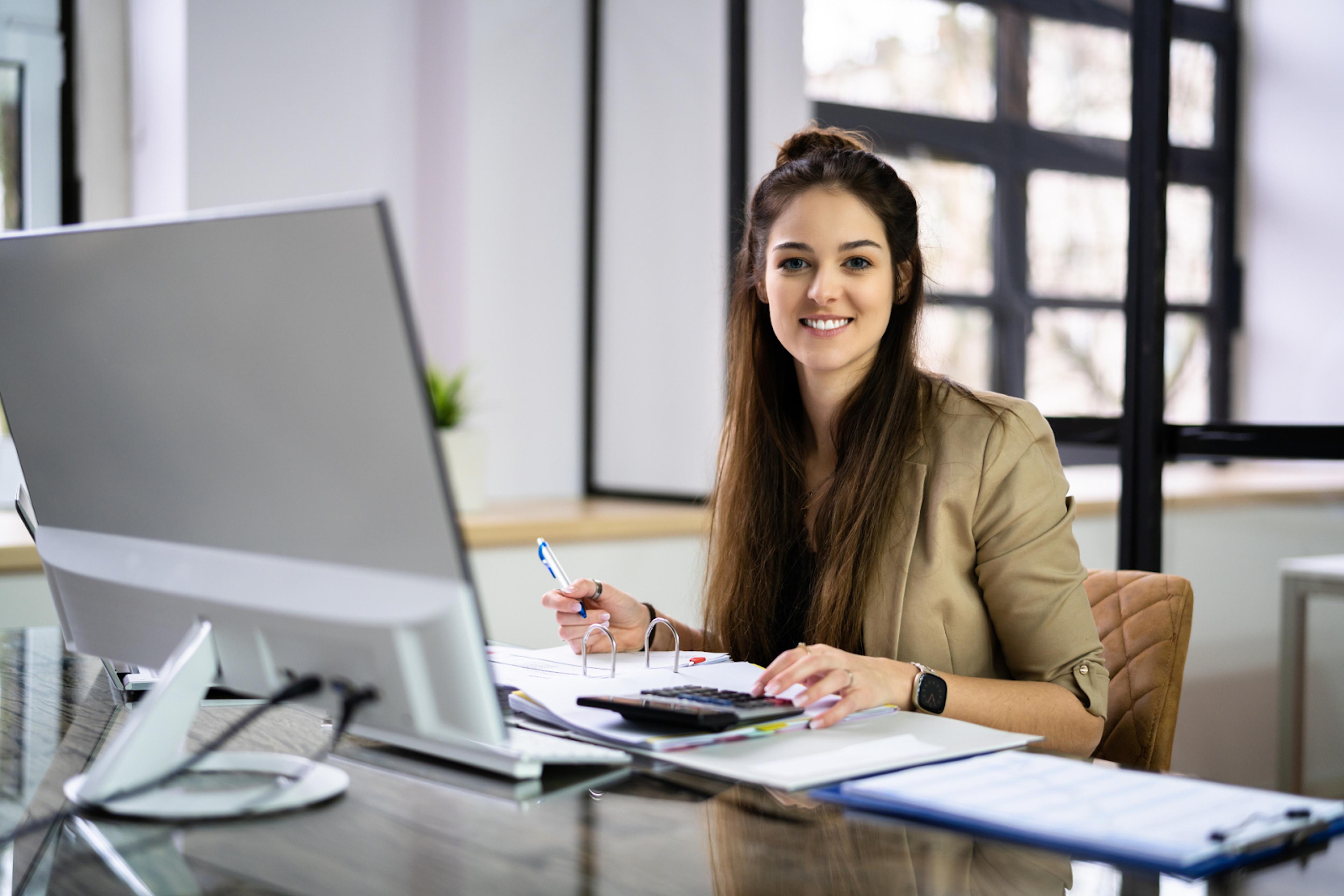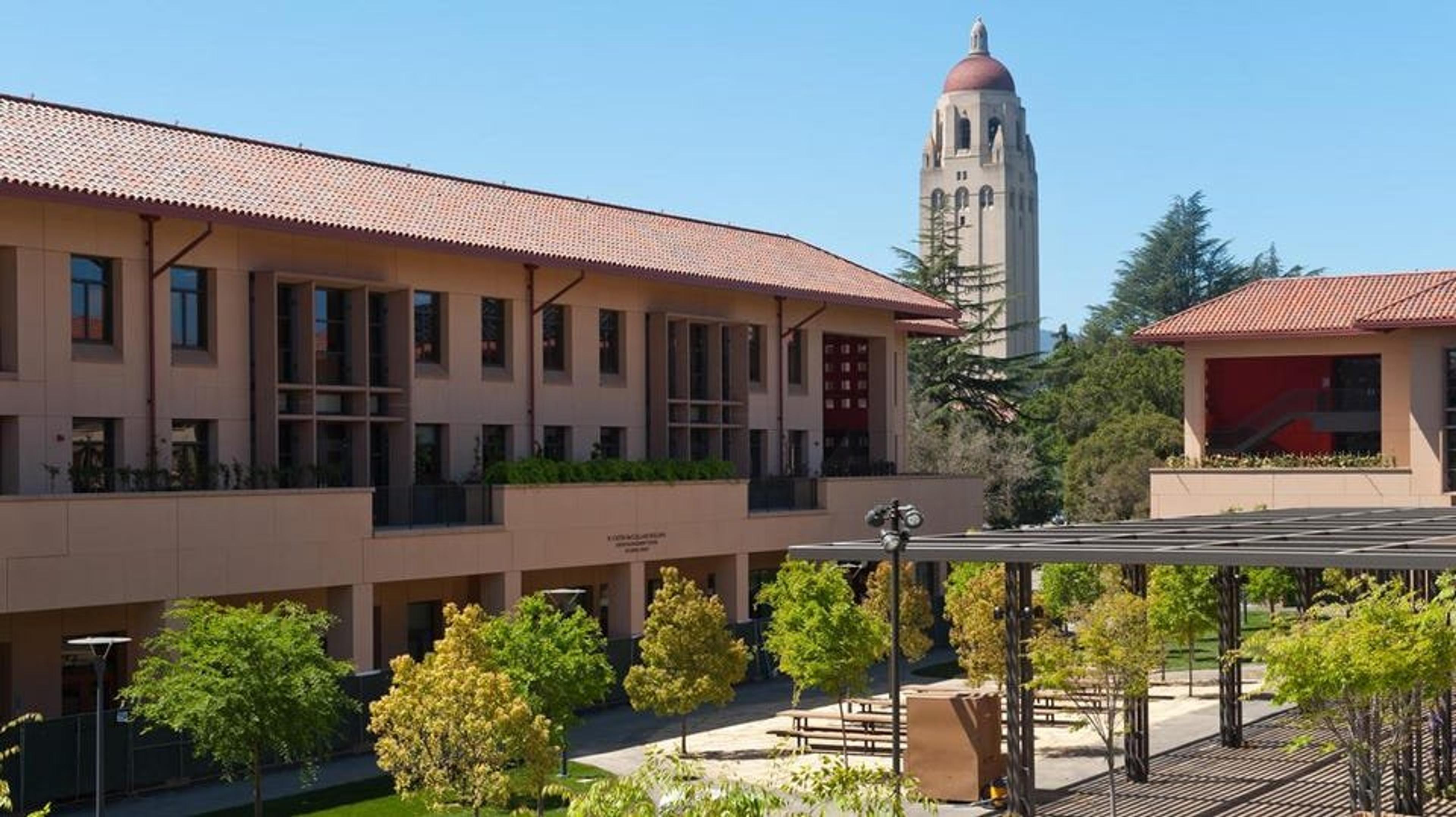
Join a free event
Learn from top coaches and industry experts in live, interactive sessions you can join for free.
Table of Contents
Stanford MBA Program Overview (2025)
The Graduate School of Business at Stanford University is perhaps the most sought-after MBA program in the world. Located in the heart of Silicon Valley, it is one of the most competitive business schools, offering vast professional and academic opportunities to students. Here’s what you need to know about getting that highly coveted “call” from the Stanford GSB Dean of Admissions.
Stanford MBA Acceptance Rate
- 2022: 8.6% acceptance rate, with a yield rate of 80%.
- 2024: Acceptance rates fluctuated between 5.7% and 6.8%.
- 2025: Approximately 8.4% acceptance rate, underscoring its status as the most selective business school worldwide.
- 2026: Stanford GSB received 7,295 applications, resulting in an admission rate of around 6%.
Read: Stanford GSB MBA Acceptance Rates
Stanford GSB Class Profile
- Location: Stanford, California
- Founded: 1925
- Class Size: 431 students
- Applicants: 6,190
- Acceptance Rate: Approximately 6.96%
- Yield Rate: Approximately 80%
- Average GMAT Score: 738
- GMAT Score Range: 630–790
- Average GRE Scores: Verbal: 164, Quantitative: 164
- Average GPA: 3.77
- Average Work Experience: 5 years
- Gender Distribution: Women: 46%
- International Students: 36%
- Countries Represented: 55
Undergraduate Majors:
- Engineering: 26%
- Economics: 21%
- Business/Commerce: 20%
- Math/Science: 15%
- Social Sciences: 13%
Pre-MBA Industries:
- Investment Management/Private Equity/Venture Capital: 19%
- Consulting: 17%
- Technology: 13%
- Government/Education/Nonprofit: 10%
- Consumer Products & Services: 9%
Stanford MBA Cost - Tuition & Fees
- Tuition: $82,455 per year.
- Living Allowance: $19,008 per year, covering rent, food, and personal expenses.
- Housing: $20,880 per year.
- Medical Insurance: $7,620 per year.
- Health Fee: $783 per year.
Total Estimated Cost:
- Single Student: Approximately $130,746 per year.
- Married Student: Approximately $157,206 per year.
Read: Stanford GSB: MBA Tuition & Fees Breakdown
Stanford GSB Employment Report
- Job Offers: 88% of graduates received job offers within three months post-graduation.
- Job Acceptances: 80% of graduates accepted job offers within the same timeframe.
Compensation Details:
- Average Base Salary: $187,504
- Median Base Salary: $185,000
- Average Signing Bonus: $33,967
- Average Performance Bonus: $100,535
Industry Placement:
- Finance: 37%
- Private Equity: 20%
- Investment Management: 9%
- Venture Capital: 7%
- Technology: 22%
- Consulting: 14%
- Healthcare: 6%
- Energy: 5%
- Media/Entertainment: 5%
Geographic Distribution:
- North America: 93%
- West: 50%
- Northeast: 31%
- Midwest: 3%
- Mid-Atlantic: 2%
- South: 3%
- Southwest: 3%
- International: 7%
- Asia, Australia, and Oceania: 2%
- Europe: 1%
- Latin America and Caribbean: 1%
- Africa: 1%
""We won’t give you a checklist to mark off, because there isn’t one. There is no typical Stanford MBA student, no ideal for applicants to chase. Our advice is to just focus on you and ensure that your application is a true reflection of yourself.""
GSB Admissions Committee
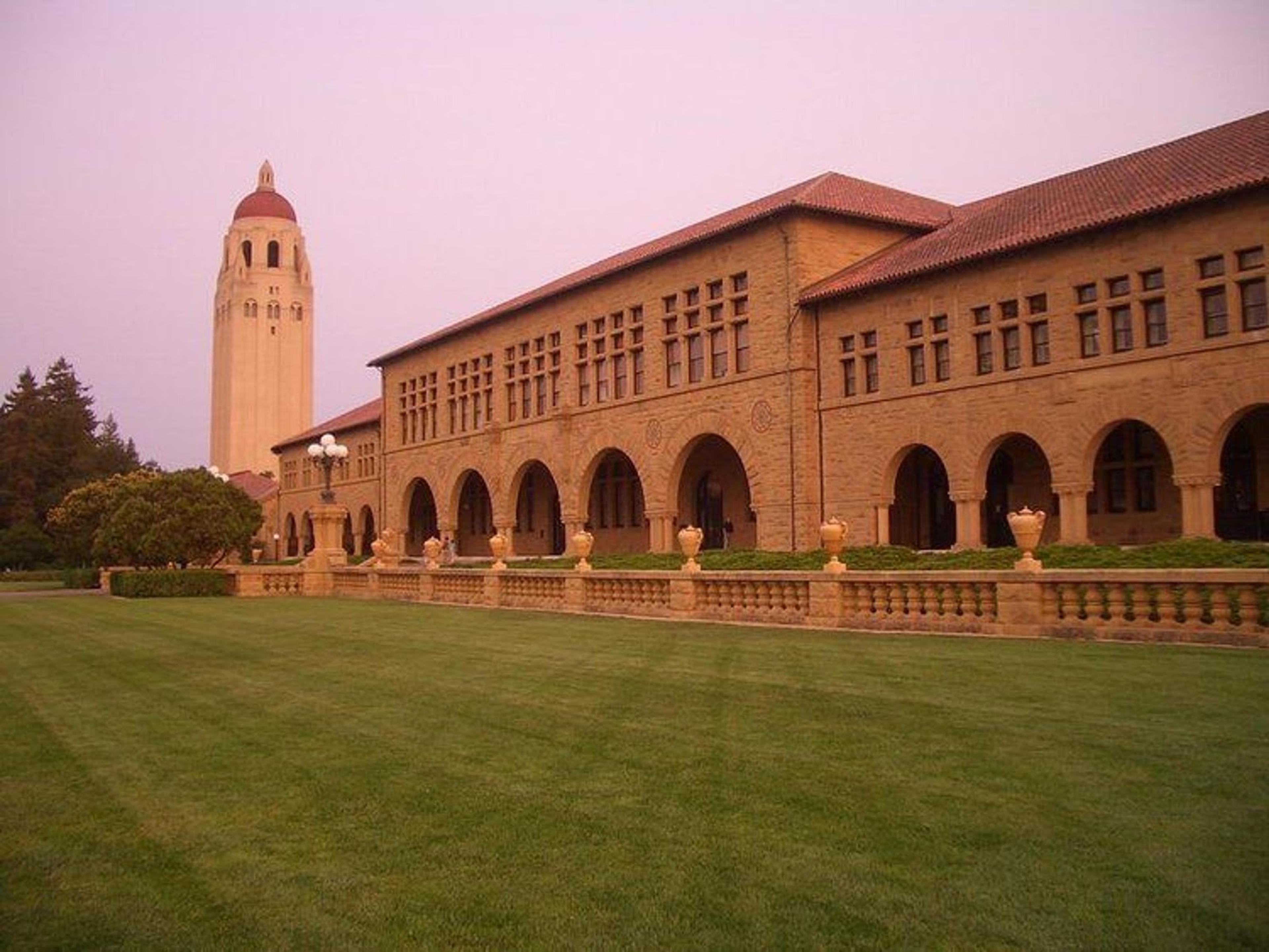
Stanford GSB Application Overview
Stanford GSB Programs & Degrees
- Traditional, Full-Time MBA: A two-year, full-time program focusing on general management education.
- Executive MBA: While Stanford does not offer a part-time or executive MBA program, it does have several executive education opportunities, including a master’s degree and three professional certificates.
- Deferred MBA: Designed for students without full-time work experience, this program allows admitted applicants to gain one to four years of professional experience before starting their MBA.
- MSx Program: A one-year, full-time Master of Science in Management program designed for mid-career professionals.
- Joint Degrees: Opportunities to combine the MBA with degrees in areas such as law, education, engineering, and more.
- JD/MBA: This four-year joint degree program is designed for individuals who want a career in law or public service or those who wish to gain general management skills or enter a management career with the skills and competencies of a lawyer.
- MD/MBA Dual Degree: This five-year program is for those who want to study both medicine and management. A rigorous business education can be a strong foundation for students interested in hospital administration or opening their own practices.
- MA Education/MBA: This joint program is for those who are interested in education (both K -12 and higher ed). It includes courses on education policy, education management, the application of technology to education (EdTech), and teaching.
- MPP/MBA: Through this degree, you’ll be able to pursue both an MBA and a Master’s in Public Policy. This degree is for individuals who want a career at the intersection of management and government policy.
- MS Computer Science/MBA: This program is designed for those who are interested in engineering and who will likely pursue a career in technology or technology venture capital.
- MS Electrical Engineering/MBA: This is another combination of Stanford’s world-class programs. You’ll develop a deep and connected understanding of engineering and executing future innovations that will involve both technology and business.
- MS Environment and Resources (E-IPER)/MBA: This joint degree aims to give you an understanding of environmental issues through the lens of business as well as science, engineering, and technology.
GSB students can also pursue coursework and degrees in other institutions. Eligible schools and programs include:
- Harvard Kennedy School: MPA, MPA-ID, or MPP
- Johns Hopkins School of Advanced International Studies (SAIS): MA
- Princeton School of Public and International Affairs: MPA
- Yale Law School: JD
- Yale Medical School: MD
Stanford GSB Deadlines
Round 1: September 10, 2024
- Decisions Released: December 5, 2024
Round 2: January 8, 2025
- Decisions released April 3, 2025
Round 3: April 8, 2025
- Decisions released May 29, 2025
*Note: Deferred MBA candidates may apply in any round, though most apply in Round 3.
Stanford GSB GMAT/GRE Requirements
- Application Checklist: Detailed requirements can be found on the Stanford GSB admissions page.
- Stanford MBA Essays:
Prompts:
For comprehensive guidance on crafting powerful essays, read: Stanford GSB MBA Essays: Prompts, Tips, & Examples and 3 Things You Need for Successful Stanford MBA Essays
- Stanford GSB Interview: Roughly 1 of 10 applicants to the Stanford Graduate School of Business are extended an in-person or virtual interview designed to help the admissions committee get to know you better as a potential member of the next incoming Stanford MBA class, and as a human being, as well as for you to better get to know the GSB.
Read: How to Ace Your MBA Interview: With Prep Questions & Answers and How to Nail Your Virtual MBA Interview.
- Stanford MBA Letters of Recommendation: For the GSB, you’ll need two recommendation letters submitted on or before the deadline of the round you’re applying to the MBA in. One should be from your current direct supervisor (or the best alternative), and the second should be from someone else who has supervised you. Click here to read more about How to Get the Perfect MBA Recommendation Letter, and here for our free Leland Recommender Prep Template.
MBA Admissions Coach Recommendations
Wherever you are in your application, we have a coach for you! Working with an expert will help you tell your story in a compelling and cohesive way and make you stand out. Here are some popular coaches:
Stanford MBA Curriculum & Class Structure
Sitting at the heart of Silicon Valley, Stanford GSB is a leading business school at the forefront of innovation and collaboration. You will learn from world-class faculty, guest lecturers, and industry experts through case studies, lectures, small-group seminars, simulations, prototyping, role-playing scenarios, hands-on experiences, project-based courses, and multifunctional scenarios. You will also collaborate with a diverse and talented group of classmates.
Interested in the classes at Stanford GSB? Read The 5 Best Classes at Stanford’s Graduate School of Business and The Best Professors at Stanford GSB
Here’s a more detailed breakdown of the GSB curriculum for the traditional 2-year, full-time program.
First Year, Autumn Quarter
Stanford employs a quarter system. That means your classes will be 10 weeks long, and you’ll have three quarters per year: Fall, Winter, and Spring. The quarter system maximizes the number of classes you’re able to take during your two-year experience and ensures a diverse breadth of knowledge. Read: Not Every MBA Program is Made Equal–An Overview of the Program Structures of Top Business Schools.
In your first year at the GSB, you’ll build your general management expertise, learn decision-making and communication skills, and gain global experience beyond the traditional business school environment. All of the classes this first quarter are required.
GSB Core Courses:
- Ethics in Management
- Finance I
- Financial Accounting
- Leadership Labs
- Managerial Skills
- Managing Group and Teams
- Optimization and Simulation Modeling
- Organizational Behavior
First Year, Winter/Spring Quarter
In your first year of Winter and Spring Quarters, you’ll still complete core/required classes, but you will also have the opportunity to take electives and fulfill your distribution requirements. Stanford also allows you to take a number of elective classes in other graduate schools on campus, which are commonly referred to as “across-the-street” classes. These are approved on a case-by-case basis and usually must be at a graduate level or higher to count for GSB credit.
GSB Elective Distribution Requirements:
- Data Analysis and Decision-Making
- Finance II
- Human Resource Management
- Information Management
- Macroeconomics
- Managerial Accounting
- Marketing
- Macroeconomics
- Operations
- Strategic Leadership
- Strategy Beyond Markets
Second Year
Your second year at the GSB is made up entirely of electives. You’ll be able to select whichever courses you like, depending on the skills and experiences you’re looking to build. You can strengthen your leadership skills, gain a more solid management foundation, and explore new subjects. You’ll be able to choose from over 100 elective courses, as well as those courses “across-the-street.”
Classes typically fall into one of these categories:
- Accounting
- Finance
- General and Interdisciplinary
- Economic Analysis and Policy
- Marketing
- Organizational Behavior
- Operations Info and Technology
- Political Economics
- Strategic Management
Sample electives include:
- The Future of Cities: Entrepreneurship, Policy & Business Strategy
- Startup Garage
- Building and Managing Professional Sales Organizations
- Corporate Financial Modeling
- Mergers and Acquisitions
- Private Equity- An Overview of the Industry
- Entrepreneurship from Diverse Perspectives
- Marketing Research
See all Stanford GSB electives here
How to Get Into Stanford GSB
1. Demonstrate Leadership Potential
Stanford GSB seeks individuals who take initiative and drive meaningful impact in their organizations or communities. Leadership isn’t just about titles; it’s about influencing others, solving problems, and taking action. Highlight instances where you led teams, pioneered initiatives, or created change, providing concrete examples of your results. Whether you managed a high-stakes project, launched a startup, or led a nonprofit, show how your leadership has made a measurable difference. Growth matters, too, discuss how you evolved as a leader, overcame challenges, and adapted to new environments.
2. Showcase Intellectual Vitality
Beyond strong academic performance, Stanford values a deep love for learning and curiosity about the world. Your ability to challenge conventional thinking, embrace complex problems, and push intellectual boundaries is critical. Demonstrate this by sharing how you’ve pursued knowledge outside of traditional settings, whether through independent research, innovative problem-solving at work, or thought leadership in your industry. If you’ve taken the initiative to master a new skill, explore an emerging field, or publish insights, emphasize how this intellectual drive shapes your approach to leadership and problem-solving.
3. Align with Stanford’s Values
Stanford’s mission is to develop leaders who will make a meaningful impact on business and society. Your application should clearly articulate how your values and career goals align with this vision. Reflect on why Stanford, specifically, is the right fit for you and how its culture, resources, and network will help you achieve your aspirations. Referencing specific faculty, programs, or initiatives that resonate with you shows that you’ve done your research and are genuinely committed to becoming part of the GSB community.
Notable Stanford GSB Alumni & Faculty
Alumni
- Phil Knight: Co-founder and chairman emeritus of Nike Inc.
- Charles Schwab: Founder and chairman of the Charles Schwab Corporation.
- Mukesh Ambani: Chairman and managing director of Reliance Industries Limited.
Faculty
- Myron Scholes: Nobel laureate in Economic Sciences, known for the Black-Scholes option pricing model.
- William F. Sharpe: Nobel laureate recognized for the Sharpe ratio, a measure for risk-adjusted return.
- A. Michael Spence: Nobel laureate celebrated for his work on market signaling.
Get Into Stanford GSB With the Help of Experts
The Stanford GSB application process is highly competitive, requiring more than just impressive credentials. Crafting a compelling narrative, showcasing leadership, and aligning with Stanford’s values can make all the difference. Working with an experienced MBA admissions coach can help you refine your application strategy, perfect your essays, and navigate the interview process with confidence.
Here are three of the most popular MBA admissions consultants for Stanford GSB. Browse all here:
- Mike H. — Former Stanford GSB Admissions Officer & Director of the Stanford MSx Program, Professional MBA Coach, Stanford MBA Alumnus.
- Sowa I. — Expert MBA admissions coach with extensive experience guiding applicants through top-tier business school applications, including Stanford GSB.
- Ben L. — Former MBB consultant and MBA admissions advisor with a strong track record of helping candidates craft high-impact applications for Stanford and other top programs.
Here are a few other articles you may find helpful as you research and apply to MBA programs:
- The GSB MBA Waitlist Strategy
- The Road to the Prestigious M7: Tips to Secure Your Spot
- How to Choose an MBA Program: The Discerning Student’s Guide
- Harvard Business School - MBA Program and Application Overview
- No One From My Hometown Went to GSB – Here’s What I Did
- How to Get the Perfect MBA Letter of Recommendation.
- How to Ace Your MBA Interview
- The 10 Best MBA Admissions Consultants
Stanford GSB MBA — FAQs
Is 30 too old for Stanford MBA?
- No, 30 is not too old for the Stanford MBA program. In fact, many students at Stanford GSB are in their late 20s to early 30s, and the average age of incoming students is around 27. Stanford values diverse experiences, and applicants with a few years of work experience often bring a unique perspective to the program.
How prestigious is Stanford GSB?
- Stanford Graduate School of Business (GSB) is widely regarded as one of the most prestigious business schools in the world. It is consistently ranked among the top business schools globally and is known for its rigorous academics, innovative approach to leadership, and powerful alumni network.
How much does Stanford GSB MBA cost?
- The total cost of the Stanford GSB MBA program for the 2025–2026 academic year is estimated to be around $120,000 per year. This includes tuition, fees, living expenses, and other associated costs.
What are the odds of getting into Stanford GSB?
- The acceptance rate at Stanford GSB is highly competitive, typically around 6-7%. Stanford seeks applicants who demonstrate outstanding academic achievements, leadership potential, and unique personal qualities. Strong GMAT or GRE scores, a solid work history, and compelling essays are key factors in gaining admission.
Can I visit Stanford’s campus to sit in on a class, take a tour, or attend an information session?
- They are hosting some in-person events including their flagship diversity conferences, Women in Leadership and Diversity in Leadership on campus. They are also offering On-campus Class Visits and Chat with an Admissions Officer events on select dates at the Knight Management Center. Registration is required. Please note these events are subject to local and university health policy and are subject to change.
- GSB has online alternatives for information sessions, campus tours, and student chats, and new online offerings will continue to be added. Stay in touch with them to get the latest news about future events, including virtual opportunities. You can also visit MBA admission events for up-to-date information about events.
Whom can I call or email with questions about Stanford MBA Admissions?
- You may email Stanford or call the Admissions office at +1 (650) 723-2766. They are available from Monday through Friday, 8:00 a.m. to 4:00 p.m. Pacific Time.
Browse hundreds of expert coaches
Leland coaches have helped thousands of people achieve their goals. A dedicated mentor can make all the difference.












